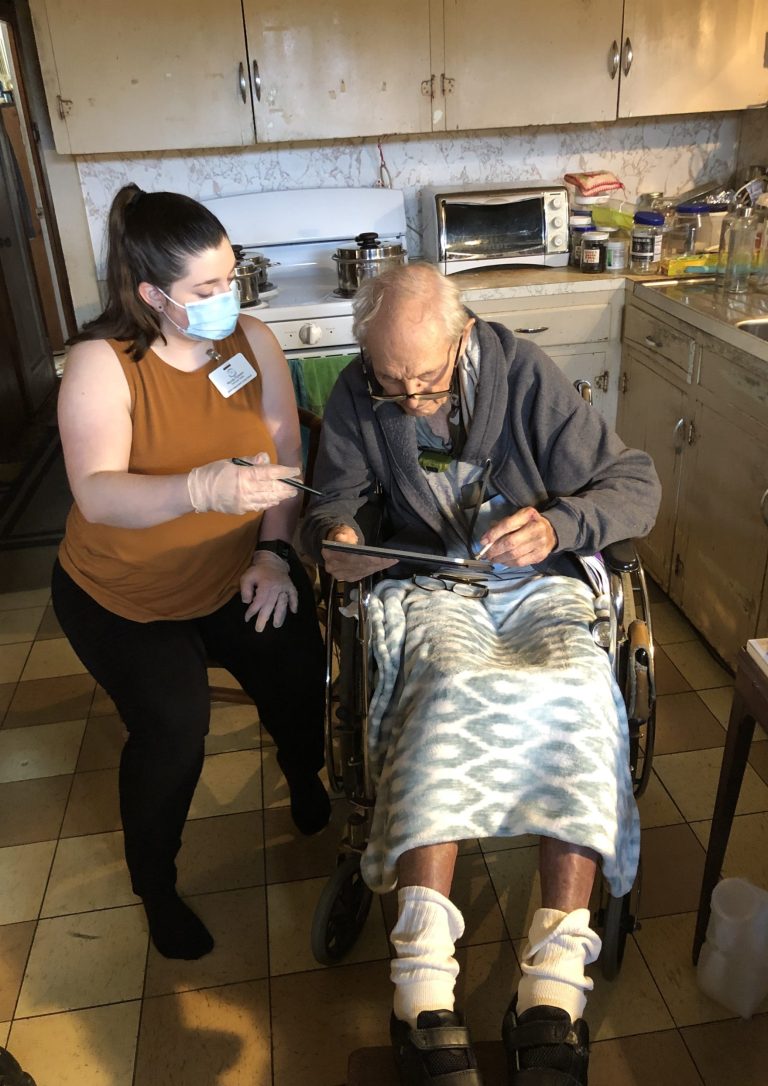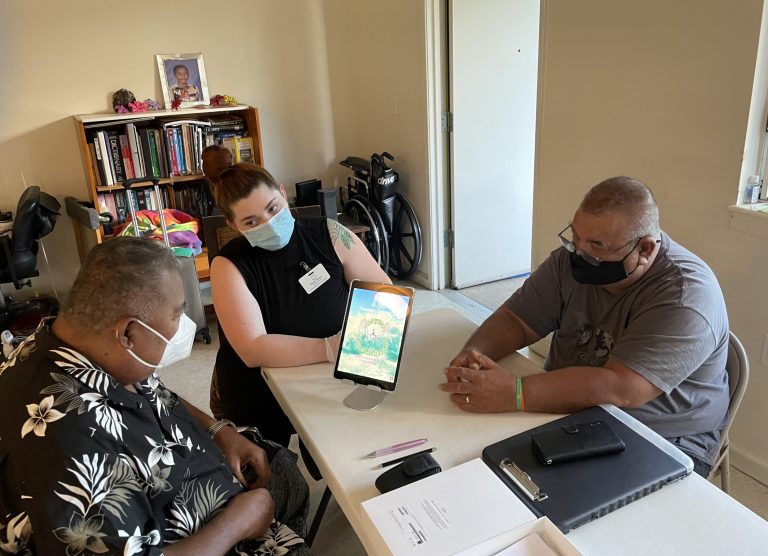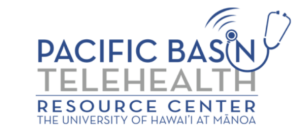Telehealth and Disability
Telehealth resources for Hawaiʻi’s disability community
Participate Now - We Want To Hear From You
If you are a person with a disability or a provider/caregiver for persons with disabilities, we want to hear about your experiences with telehealth. We welcome you to participate in a short survey (5-8 minutes) to build awareness among our healthcare partners and help to create strategies to improve telehealth access for individuals with a disability throughout Hawaiʻi and the Pacific Region. Data collected may be used for future research. You may offer your insights anonymously.

Overview of Hawaiʻi's Disability Community
Hawaiʻi’s disabled community is at a distinct technological disadvantage. COVID-19 has shone a light on one of the disparities our disabled community faces in the pursuit of digital literacy. Some 62% of adults with a disability say they own a desktop or laptop computer, compared with 81% of those without a disability. The affordability of devices and connectivity, as well as lack of access to training, is only compounded by the need for assistive and adaptive technology. Access to technology is critical to telehealth services.
Much of the Hawaiʻi population enjoys digital literacy and often takes for granted everyday occurrences like video calling. Internet access is a human right as declared by the UN General Assembly in 2016, and addressing digital inequity is the next step to ensuring all of Hawaiʻi’s underserved disability population is receiving the same access that others consider commonplace.

Barriers to Digital Literacy and Equity in the Disability Community
Socially and economically disadvantaged people face barriers to accessing health systems and are more at risk of suffering from chronic health conditions. Lack of access to broadband and devices is contributing to this unequal distribution of vulnerability. In addition, there are significant language barriers among cultural groups throughout Hawaiʻi. There is also a large aging population that acquires age-related disabilities and at times are unable to seek local services due to the geographic nature of the Hawaiian islands.
Resources For Patients & Providers
Do you need special accommodations?
This guide, published by the North Carolina Department of Health & Human Services, provides resources for patients who are Hard of Hearing, Deaf and DeafBlind.
Are you a provider who needs communication guidance?
This guide, published by the North Carolina Department of Health & Human Services, covers resources for professionals, healthcare providers who serve the Hard of Hearing, Deaf and DeafBlind community, and American Sign Language (ASL) interpreters.
Recommendations for Providers
This guide, published by the Telehealth Resource Center, covers topics including: definition of disability, legal obligations, general recommendations for providers, and tips for effectively communicating with patients that have a variety of disabilities.
Aloha Independent Living Hawaiʻi (AILH) TeleConnect Project Partnership
PBTRC is partnering with Aloha Independent Living Hawaiʻi (AILH), bringing together the perspective of both the providers and the patients. AILH brings over 13 years of service and experience with the disability community to our mission.
Together, PBTRC and AILH’s TeleConnect Program will reach our common goal of bridging the divide between service provider, patient, and support system.

AILH Tech Literacy Training Series
PBTRC collaborated with Aloha Independent Living Hawaiʻi to create a series of training modules for people with disabilities. Below are videos with American Sign Language (ASL) and Audio Description (AD). We hope you find the tech assistance you need in these videos to help you through your telehealth journey.
Tech Literacy Training Series
Tech Literacy Training Series (ASL)
Tech Literacy Training Series (AD)
New WTEFaTHV Videos!
View the latest editions to the ‘What to expect from a telehealth visit’ video series with new modifications for Caregivers and inclusion of Audio Descriptions.
